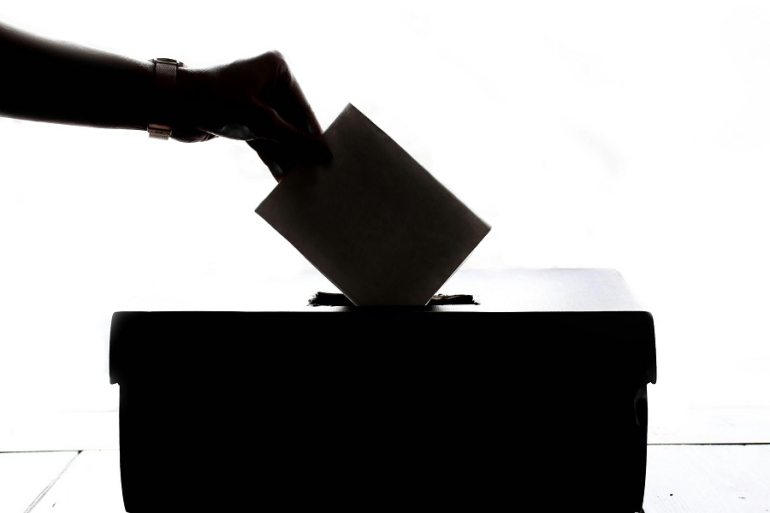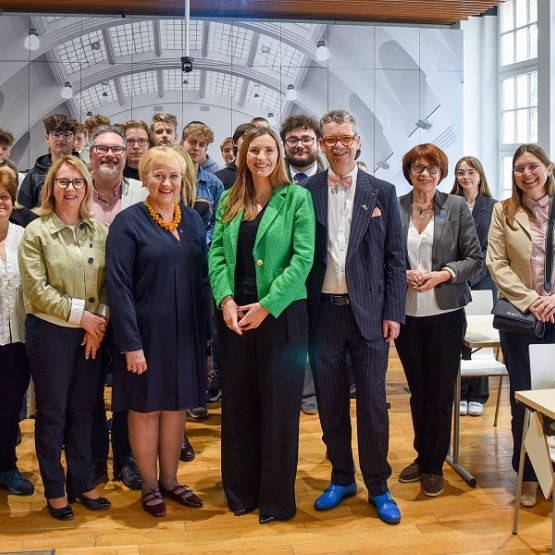SGH Prof. M. Molęda-Zdziech: In the second round, Poland's pro-European course or a turn to the populist right?

Poland's presidential election was held on 18 May 2025. There were 13 candidates vying for the highest office in the country, including two female candidates. Polls before the election indicated that none of the candidates would receive more than half of the votes, so a second round would be necessary, and so it was. Its outcome will determine the future of Poland's current democratic and pro-European course, or a turn to the populist right.
The main competition was between the candidate of the ruling Civic Coalition (PO) – Rafal Trzaskowski, Mayor of Warsaw, and Karol Nawrocki, a candidate running as a civic candidate but de facto supported by Law and Justice (PiS), the opposition party. According to the exit poll and then the late poll 1 Rafal Trzaskowski received 31.1% and Karol Nawrocki 29.1%. The result obtained by Nawrocki may surprise, as it is higher than indicated in the polls, but it is at the level of support for PiS.
In third place was the Confederation's candidate, Sławomir Mentzen, with a result of 14.8%. He owes it mainly to the support of the youngest voters, in the 18-29 age bracket, mainly men. Fourth place, went to Grzegorz Braun, from the Confederation of the Polish Crown (Konfederacja Korony Polskiej), MEP, anti-Semite with a score of 6,3%. This result is the biggest surprise; Braun, preaching xenophobic slogans, is trying to reach the most extreme electorate. The final outcome of the presidential election will largely depend on how supporters of far-right candidate Slawomir Mentzen vote in the second round. Mentzen, a Eurosceptic libertarian who strongly opposes abortion and migrants and accuses Ukrainian refugees, estimated to number around one million, of exploiting Poland, together with G. Braun received a combined 22% of the vote.
The candidate of the left-wing party Razem, Adrian Zandberg, received 5.2%, putting him in fifth place. The result obtained by Szymon Hołownia, Speaker of the Sejm and candidate of the Third Way (Trzecia Droga) 2, with 4.9%, should be regarded as a defeat.
Left-wing candidate Magdalena Biejat won a result of 4.1%, which places her in 7th place. It should be noted that in the history of elections after 1989 - this is the highest result achieved by a female candidate. The second candidate, Joanna Senyszyn, also representing the Left, achieved a result of - 1.3%. The same result was achieved by Krzysztof Stanowski, a media creator who treats running in the elections as a happening to promote his media undertakings.
Voter turnout was a record high 66.8%. This is the highest result in the first round of a presidential election since 1990. A better result was recorded only twice in second rounds.
A second round, scheduled for 1 June, lies ahead. Its outcome will determine the future of Poland's current democratic and pro-European course, or a turn to the populist right. It will influence the continuation of support for Ukraine, or its discontinuation. In terms of international politics - depending on who becomes president, it will determine our activity in the European Union, or shift it to relations with Donald Trump and the United States.
Just over 28 million people are eligible to vote in Poland.
The State Election Commission (PKW) will announce the final results and turnout on Monday-Tuesday.
1 The results of the Ipsos late poll for TVP, TVN and Polsat were published after midnight on Sunday night.
2 This centrist and Christian-liberal coalition was formed before the 2023 parliamentary elections, formed by the Polish People's Party and Szymon Holownia's Poland 20500. The coalition was intended as an alternative to Law and Justice and Civic Platform, which dominate the political scene.
Habilitade doctor, SGH Professor Małgorzata Molęda-Zdziech
Head of the Department of Political Studies, Institute of International Studies, Collegium of Socio-Economics



